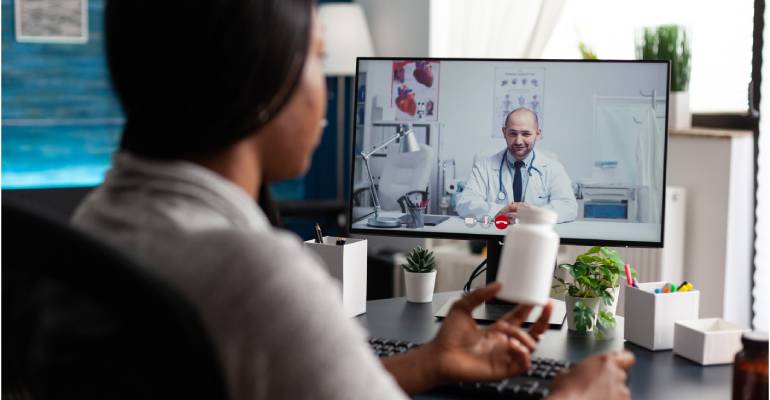Scaphoid fracture: Symptoms and treatment options
Do you know about carpal bones? They structure your hands!
In total, the human hand constitute eight carpal bones. There is a mini bone lying between the side of the wrist and the thumb, and this is the most common one that gets fractured in most cases.
The relatable reasons for this bone fracture are due to falling onto one’s own hands or an external force that forcefully moves the wrists in the opposite direction or backwards. This fracture is also a result of punching injuries.
This is a very common bone fracture that I have seen in my patients all these years. And, that is the reason I want to put more stress on symptoms and other related matters so that there’s enough awareness.
Insight on symptoms and diagnosis
Patients who suffer from scaphoid fracture complain of swelling, discomfort in the movement of wrists, and tender muscles on the sides. Generally, an easy diagnosis is an X-ray process, but even an X-ray cannot detect the injury in some cases. The next solution specifies tests like CT or MRI scans.
The scaphoid bone has a very unusual shape that makes it difficult to diagnose fractures. Because of its hidden placement, it experiences a poor blood supply that doesn’t allow an easy and speedy recovery.
A scaphoid fracture might not heal in case:
- The mobilisation of the wrist in the cast is still happening
- Fracture is proximal pole
- Displaced fracture
- Smoking habits
A very common scenario is the problem being taken for granted! When the X-ray doesn’t say positive for the fracture, patients just take it as a sprain and avoid treatment. But, the truth is that there might be a fracture, but difficult to detect.
Treatment options and plans
About 90% of scaphoid fractures are minute displacements between the two parts that are easily curable through immobilising the affected area with the plaster cast.
The poor blood supply results in a difficult healing process if the fracture is in the proximal part (bottom of the bone). If plastering doesn’t show effective results, then surgery might be an option, but that is the last thing to do! As the demographic show, 90% heal naturally through plaster casts.
This is a common bone injury that heals through ordinary processes, as already specified earlier.
Practising carefulness in movements is crucial to avoid any fractures and further implications that come along.

